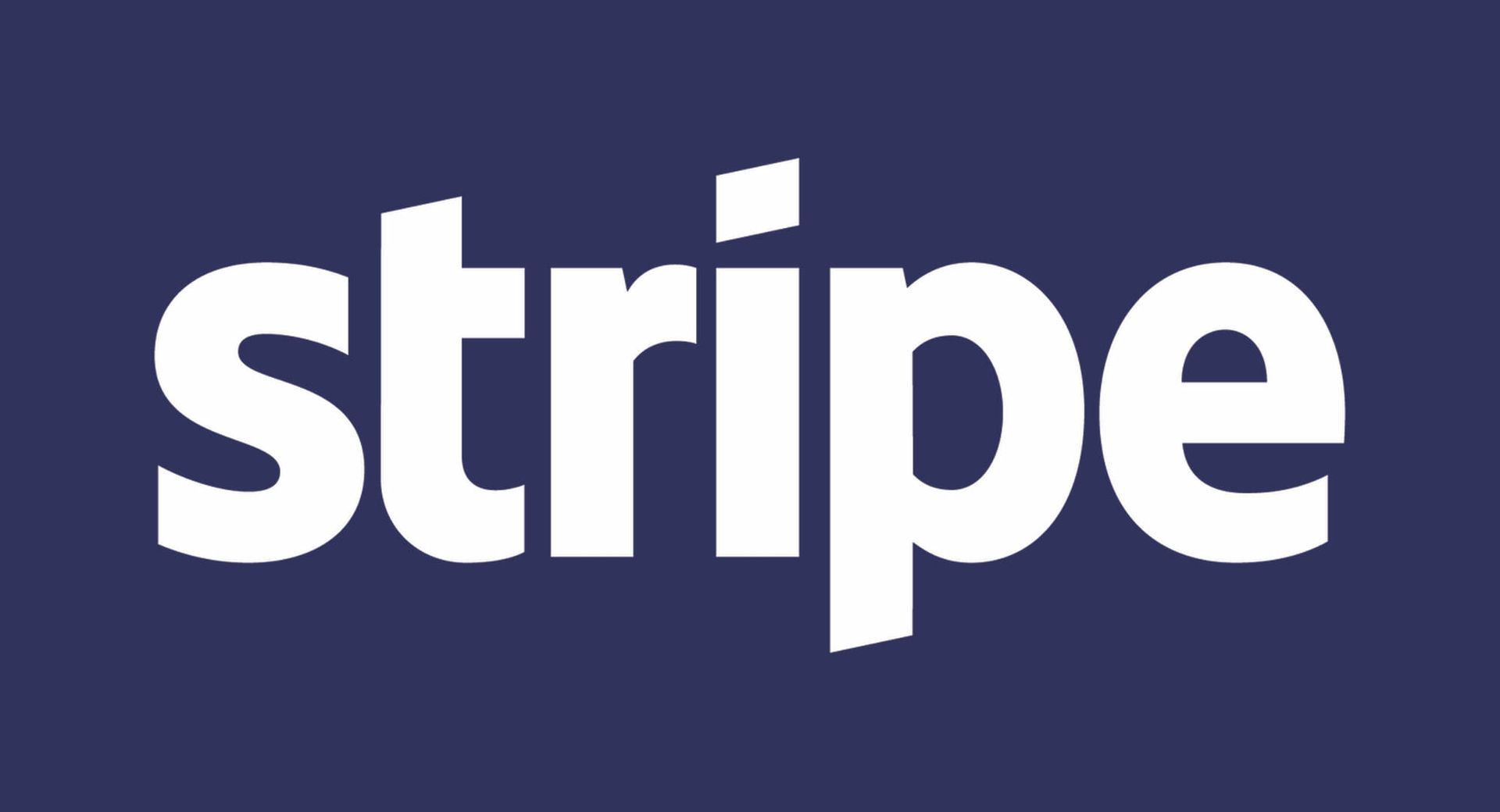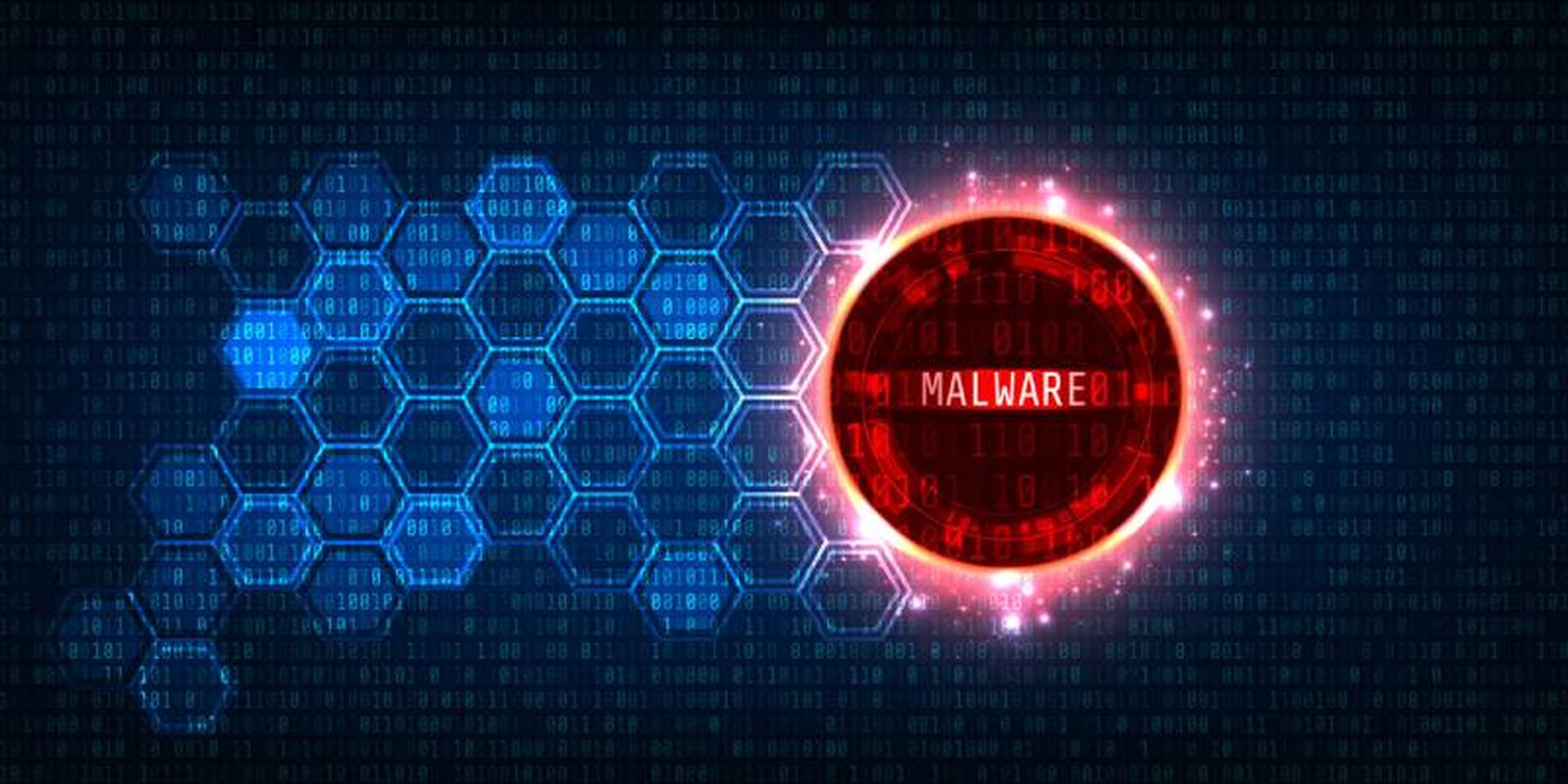A group made up of some of the largest global internet service providers has created a set of best practices for dealing with bot infections.
The document from the Messaging Anti-Abuse Working Group (MAAWG) is aimed at helping network operators detect bots, notify customers they are infected and limit the infection. MAWWG includes companies such as Verizon, AT&T, Comcast and Time Warner Cable.
Bots, or networks of infected computers, send spam or run denial-of-service attacks (DoS). Though 80 percent of consumers are aware of the risks that bots pose, only 20 percent believe they have ever been infected, according to a survey from MAAWG released in July.
“Bots now are really designed now to fly under the radar," Michael O'Reirdan, MAAWG chairman told SCMagazineUS.com on Friday. "They are written so they are not using a lot of computer resources.”
O'Reirdan said there are signs that a machine may be infected with a bot. For example, speed may be degraded or emails the owner never sent may be bounced back.
To detect bots, the paper recommends utilizing one of the many free online scanning tools that are available from security vendors such as Kaspersky or McAfee.
Once it is determined that a user is part of a botnet, users must take immediate steps, the document states. All important data on the computer should be backed up and all operating system and anti-virus patches should be updated. To remove the infection, various free online tools are recommended in the document, such as Microsoft's Malicious Software Removal Tool.
The paper also addresses concerns over privacy -- an issue that must be taken into consideration when ISPs monitor their pipes for infection.
"The detection of malware can often be a more intense process that exposes user data to greater scrutiny and, as such, there is a duty to ensure that user information is adequately protected," the document says.
The document from the Messaging Anti-Abuse Working Group (MAAWG) is aimed at helping network operators detect bots, notify customers they are infected and limit the infection. MAWWG includes companies such as Verizon, AT&T, Comcast and Time Warner Cable.
Bots, or networks of infected computers, send spam or run denial-of-service attacks (DoS). Though 80 percent of consumers are aware of the risks that bots pose, only 20 percent believe they have ever been infected, according to a survey from MAAWG released in July.
“Bots now are really designed now to fly under the radar," Michael O'Reirdan, MAAWG chairman told SCMagazineUS.com on Friday. "They are written so they are not using a lot of computer resources.”
O'Reirdan said there are signs that a machine may be infected with a bot. For example, speed may be degraded or emails the owner never sent may be bounced back.
To detect bots, the paper recommends utilizing one of the many free online scanning tools that are available from security vendors such as Kaspersky or McAfee.
Once it is determined that a user is part of a botnet, users must take immediate steps, the document states. All important data on the computer should be backed up and all operating system and anti-virus patches should be updated. To remove the infection, various free online tools are recommended in the document, such as Microsoft's Malicious Software Removal Tool.
The paper also addresses concerns over privacy -- an issue that must be taken into consideration when ISPs monitor their pipes for infection.
"The detection of malware can often be a more intense process that exposes user data to greater scrutiny and, as such, there is a duty to ensure that user information is adequately protected," the document says.



